🚀 Become a Verified Author on Trending Hub24
✍️ Author Account Available @ $60 / Month | +91 7355993756
12 Jyotirlingas Of Lord Shiva and how to reach there
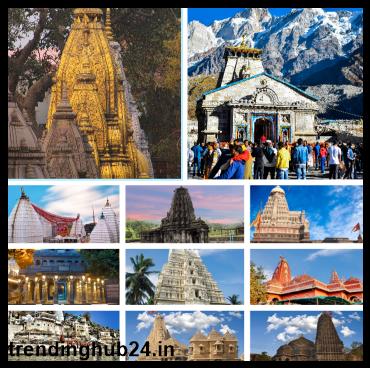
#Considered to be the most sacred abode of Lord Shiva, the #12 Jyotirlingas are worshiped by millions of devotees across the world.
Table of Contents
#12 Jyotirlingas Of Lord Shiva and how to reach there
Introduction:
The #12Jyotirlingas, considered the most sacred abodes of #Lord Shiva, are worshiped by millions of devotees across the globe. These holy places hold deep spiritual significance and are believed to bestow blessings, fulfillment of desires, and spiritual liberation. In this blog, we will explore some fascinating facts about the #12 Jyotirlingas and provide information on how to reach these divine places.
#Kashi Vishwanath Temple - #Varanasi, #Uttar Pradesh:
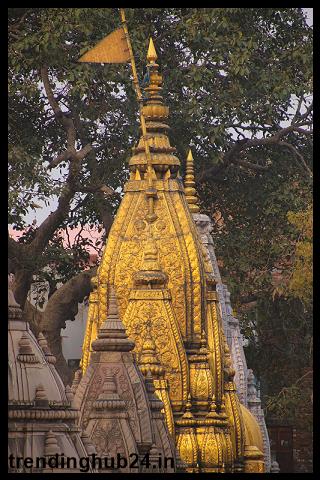
The Kashi Vishwanath Temple, located on the banks of the holy river Ganges in Varanasi, is one of the most revered places of worship for Hindus. Varanasi has excellent connectivity through air, rail, and road, making it easily accessible to devotees.
#Somnath Temple - #Prabhas Patan, #Gujarat:
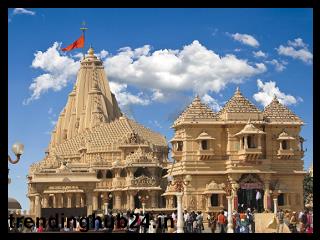
The Somnath temple is located in Gujarat. It holds a rich history and architectural splendor, which has been reconstructed several times. The temple is easily accessible by road and has good connectivity through railways and nearby airports.
#Mallikarjuna Temple - #Srisailam, #Andhra Pradesh:
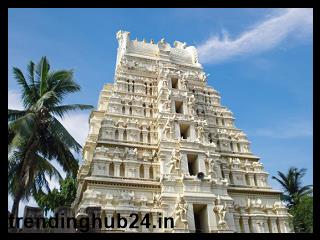
Mallikarjuna Temple situated in the dense forests of Nallamala Hills offers a breathtaking view of the beauty of nature. Devotees can reach Srisailam by road from major cities of Andhra Pradesh and #Telangana.
#Mahakaleshwar Temple - #Ujjain, #Madhya Pradesh:
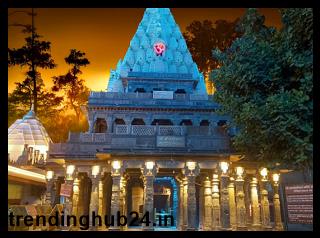
The Mahakaleshwar Temple in Ujjain has great religious significance and is famous for the unique south-facing idol of Lord Shiva. Ujjain is well connected by rail, road, and air, making it easily accessible for devotees from different parts of India.
#Omkareshwar Temple - #Khandwa, #Madhya Pradesh:
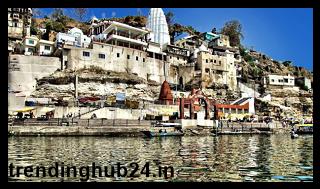
Situated on an island in the Narmada River, the Omkareshwar Temple is worth a visit. One can travel to Indore or Khandwa by air, rail, or road to reach Omkareshwar. From there, a short boat ride across the river takes you to the temple.
#Kedarnath Temple - #Rudraprayag, #Uttarakhand:
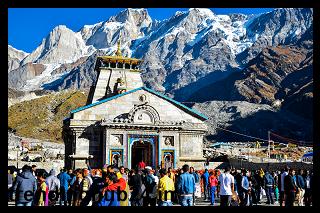
Nestled amidst the majestic Himalayan ranges, the Kedarnath Temple offers a divine and serene ambiance. Devotees can reach Rudraprayag by road from Rishikesh or Dehradun and then continue their journey to Kedarnath on foot or by helicopter.
#Bhimashankar Temple - #Pune, #Maharashtra:
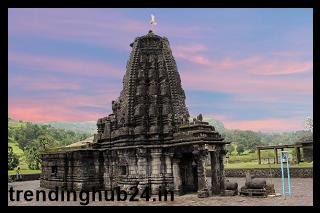
Situated in the Sahyadri range of the Western Ghats, Bhimashankar Temple is surrounded by lush greenery and natural beauty. Pune serves as the nearest major city, with regular bus services and private vehicles plying to Bhimashankar.
#Trimbakeshwar Temple - #Nashik, #Maharashtra:
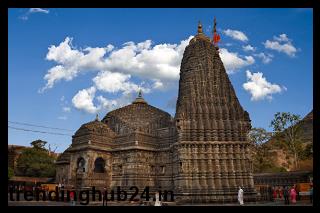
Located in the picturesque city of Nashik, Trimbakeshwar Temple holds immense spiritual significance. Nashik is well connected by rail and road, and many buses ply from major cities to Trimbakeshwar.
#Vaidyanath Temple - #Deoghar, #Jharkhand:
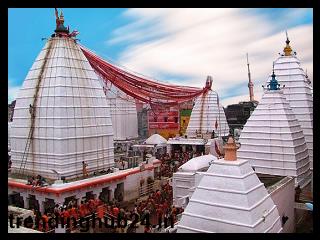
Vaidyanath Temple, also known as Baba Baidyanath Dham, is situated in Deoghar amidst beautiful natural surroundings. Devotees can reach Deoghar by rail or road and regular bus services connect the city to nearby cities.
#Nageshwar Temple - #Dwarka, #Gujarat:
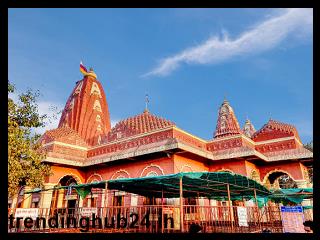
Located near the coastal city of Dwarka, Nageshwar Temple is considered to be one of the most ancient and sacred places of worship of Lord Shiva. Dwarka has good connectivity via air, rail, and road, making it easily accessible for pilgrims.
#Rameshwaram Temple - #Rameshwaram, #Tamil Nadu:
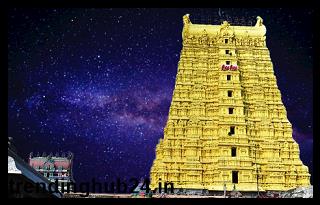
The Rameshwaram Temple is situated on the serene island of Rameswaram in Tamil Nadu and holds great religious significance for Hindus. Regular bus services, trains, and flights connect Rameswaram to major cities in South India.
#Ghrishneshwar Temple - #Aurangabad, #Maharashtra:
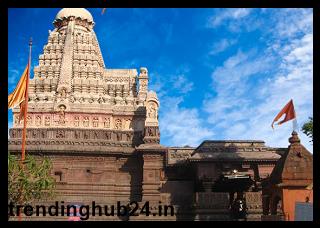
Ghrishneshwar Temple, near Aurangabad, is the last of the 12 Jyotirlingas. Aurangabad has good connectivity by air, rail, and road, regular bus services are available to reach the temple.
Conclusion:
The 12 Jyotirlingas comprise sacred sites spread across India, each with unique historical and spiritual significance. By making pilgrimages to these divine abodes, devotees can begin a transformative journey of spiritual awakening. With a well-established transport network, it has become relatively convenient to reach these holy sites. So, if you are a seeker of divine blessings and want to experience the intense energy of Lord Shiva, go on a pilgrimage to the 12 Jyotirlingas and immerse yourself in the blissful aura of spirituality.
The Significance of Visiting the #12Jyotirlingas During the Auspicious Month of Sawan
The Auspicious Month of Sawan:
Sawan, typically falling between July and August in the Hindu calendar, is considered highly sacred for devotees of Lord Shiva. It is believed to be the time when Lord Shiva drank the poison known as 'halacha' during the churning of the cosmic ocean to save the universe. The month is marked by fasting, prayers, and intense devotion to Lord Shiva, as devotees seek His blessings and spiritual upliftment.
The Sacred Jyotirlingas:
The Jyotirlingas are considered the most revered abodes of Lord Shiva. Pilgrimage to these twelve sacred sites is believed to cleanse the soul, bestow blessings, and grant liberation from the cycle of birth and death. Each Jyotirlinga has its unique significance and legend associated with it, adding to the spiritual experience of the journey.
Enhancing Spiritual Growth:
Visiting the Jyotirlingas during the month of Sawan amplifies the spiritual growth and transformation of devotees. The combination of the auspicious time and the divine energy present at these holy sites creates a conducive environment for introspection, self-discovery, and strengthening of one's connection with the divine. The journey during Sawan is seen as a way to cleanse the mind, body, and soul, and attain a state of spiritual purity.
Seeking Blessings and Fulfilling Desires:
Devotees undertake this arduous pilgrimage with the primary goal of seeking the blessings of Lord Shiva. They offer prayers, perform rituals, and engage in intense devotion, hoping to gain His divine grace. Many devotees also believe that visiting all twelve Jyotirlingas during Sawan can help fulfill their desires and bring prosperity and well-being into their lives.
Strengthening Bonds and Community:
The pilgrimage to the Jyotirlingas during Sawan is not only an individual spiritual journey but also a means of fostering community spirit. Pilgrims from various walks of life come together, share experiences, and offer support to one another. The collective devotion and the shared sense of purpose create an atmosphere of unity, love, and reverence, strengthening the bond among fellow devotees.
Visiting the 12 Jyotirlingas during the auspicious month of Sawan is a profound and transformative spiritual endeavor. It allows devotees to immerse themselves in the divine energy of Lord Shiva, seek His blessings, and deepen their connection with the Supreme. The pilgrimage not only offers personal spiritual growth but also provides an opportunity to connect with a larger community of like-minded devotees. So, if you're a seeker of spiritual upliftment, undertaking this holy journey during Sawan can be a life-changing experience, guiding you on the path to self-realization and inner bliss.
Remember, it is essential to approach this pilgrimage with genuine devotion, humility, and respect for the traditions and customs associated with each Jyotirlinga. May the blessings of Lord Shiva guide and inspire you on your sacred journey!
FAQs about the #12Jyotirlingas:
Question: Which are the 12 Jyotirlingas?
Answer: In Hindu mythology, the 12 Jyotirlingas are considered to be the most sacred abodes of Lord Shiva. These are believed to be the self-manifested linga (symbols) of Lord Shiva and are spread all over India.
Question: What is the significance of 12 Jyotirlingas?
Answer: Jyotirlingas have immense spiritual significance for the devotees of Lord Shiva. They are considered highly auspicious and are believed to bestow blessings, fulfillment of desires, and spiritual liberation.
Question: How many Jyotirlingas are there in India?
Answer: There are 12 Jyotirlingas in India. They are Kashi Vishwanath Temple, Somnath Temple, Mallikarjuna Temple, Mahakaleshwar Temple, Omkareshwar Temple, Kedarnath Temple, Bhimashankar Temple, Trimbakeshwar Temple, Vaidyanath Temple, Nageshwar Temple, Rameshwaram Temple and Ghrishneshwar Temple.
Question: Where are the Jyotirlingas located?
Answer: There are #12 Jyotirlingas spread across different states of India. They are located in Gujarat, Andhra Pradesh, Madhya Pradesh, Uttarakhand, Maharashtra, Uttar Pradesh, Jharkhand, Gujarat, Tamil Nadu and Maharashtra.
Question: How can one reach the Jyotirlingas?
Answer: The access to Jyotirlingas varies depending on their locations. Most Jyotirlingas are well connected by road, rail, and air network, making it convenient for pilgrims to reach them. Major cities and towns near Jyotirlingas have transport facilities including buses, trains, and airports.
Question: Is there any special time to visit Jyotirlingas?
Answer: Jyotirlingas can be visited throughout the year. However, certain festivals and auspicious months, such as Sawan (also known as Shravan), hold great significance for devotees, and pilgrims often prefer to visit during these times.
Question: What rituals and customs are followed during the visit to Jyotirlingas?
Answer: Each Jyotirlinga has its rituals and customs which are followed by the devotees during their visit. Generally, devotees pray, perform aarti (ritual of worship involving fire), offer flowers and fruits, and seek the blessings of Lord Shiva. Some pilgrims also do parikrama around the temple premises.
Question: Can non-Hindu visit Jyotirlingas?
Answer: Yes, Jyotirlinga is open to people of all religions. However, it is advised to respect the religious customs and traditions followed at these holy places.
Question: Is there any specific dress code to be followed while visiting Jyotirlingas?
Answer: Many Jyotirlinga temples have certain dress code guidelines to maintain the sanctity of the place. It is advised to dress modestly, cover shoulders and knees, and remove shoes before entering the inner sanctum of the temple.
Question: Can one visit all the 12 Jyotirlingas in a single visit?
Answer: Visiting all the #12Jyotirlingas in a single trip can be challenging due to the distances involved. It is common for devotees to undertake multiple yatras or visit a few Jyotirlingas at a time depending on their convenience and time availability.
Remember, before planning a visit to any #Jyotirlinga, it is advisable to check the timings, customs, and any restrictions of the specific temple to ensure a smooth and respectful pilgrimage experience.
